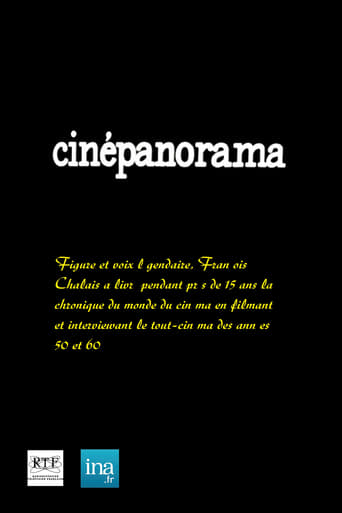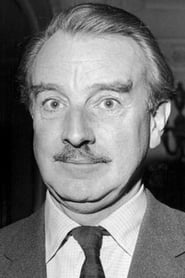
James Hadley Chase
Writing
🎂 1906-12-24
James Hadley Chase (24 December 1906 – 6 February 1985) was an English writer. While his birth name was René Lodge Brabazon Raymond, he was well known by his various pseudonyms, including James Hadley Chase, James L. Docherty, Raymond Marshall, R. Raymond, and Ambrose Grant. He was one of the best known thriller writers of all time. The canon of Chase, comprising 90 titles, earned him a reputation as the king of thriller writers in Europe. He was also one of the internationally best-selling authors, and to date 50 of his books have been made into films. René Lodge Brabazon Raymond (James Hadley Chase) was born on 24 December 1906 in London, England. He was the son of Colonel Francis Raymond of the colonial Indian Army, a veterinary surgeon. His father intended his son to have a scientific career and had him educated at King's School, Rochester, Kent. Chase left home at the age of 18. In 1932, Chase married Sylvia Ray, and they had a son. In 1956, they moved to France. In 1969, they moved to Switzerland, living a secluded life in Corseaux-sur-Vevey, on Lake Geneva. Chase died there on 6 February 1985. During World War II he served in the Royal Air Force, achieving the rank of Squadron Leader. He edited the RAF journal with David Langdon and had several stories from it published after the war in the book Slipstream: A Royal Air Force Anthology. After Chase left home at the age of 18, he worked in sales, primarily focusing on books and literature. He sold children's encyclopaedias, while also working in a bookshop. He also served as an executive for a book wholesaler, before turning to a writing career that produced more than 90 mystery books. His interests included photography, of a professional standard, reading, and listening to classical music and opera. As a form of relaxation between novels, he put together highly complicated and sophisticated Meccano models. Prohibition and the ensuing Great Depression in the US (1929–39) had given rise to the Chicago gangster culture prior to World War II. This, combined with Chase's book trade experience, convinced him that there was a big demand for gangster stories. After reading James M. Cain's novel The Postman Always Rings Twice (1934), and having read about the American gangster Ma Barker and her sons, and with the help of maps and a slang dictionary, he wrote No Orchids for Miss Blandish in his spare time, he claimed over a period of six weekends, though his papers suggest it took longer. The book achieved remarkable notoriety and became one of the best-selling books of the decade. It was the subject of the 1944 essay "Raffles and Miss Blandish" by George Orwell. Chase and Robert Nesbitt adapted it to a stage play of the same name which ran in London's West End to good reviews. The 1948 film adaptation was widely denounced as salacious due to the film's portrayal of violence and sexuality. Robert Aldrich did a remake, The Grissom Gang, in 1971. ... Source: Article "James Hadley Chase" from Wikipedia in English, licensed under CC-BY-SA 3.0.
Cast credits(1)
Writing (58)
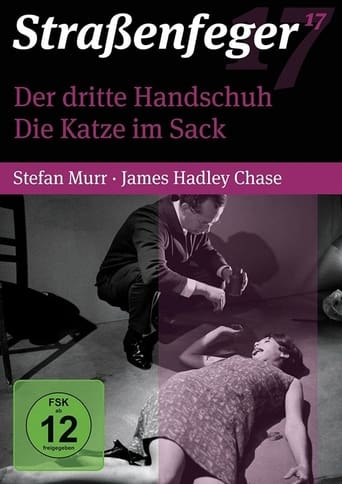
Novel
1965
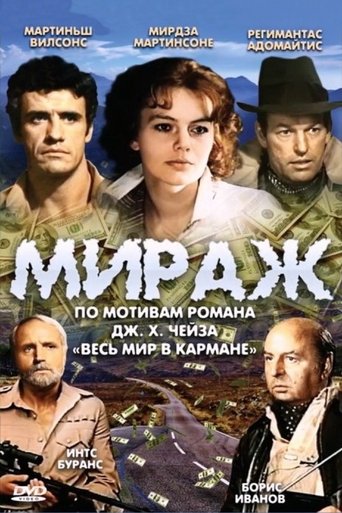
Book
1983
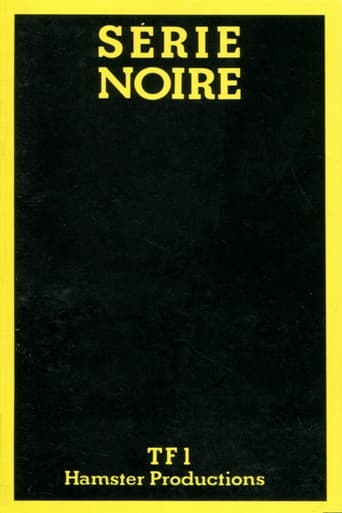
Novel
1984
Novel
1982
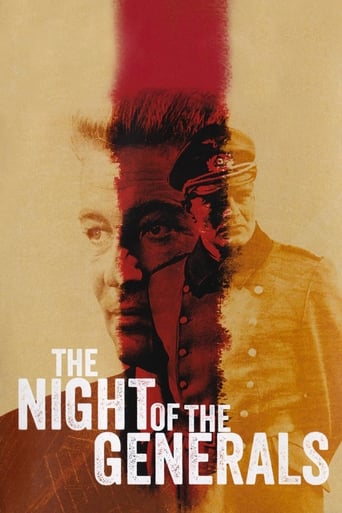
Book
1967
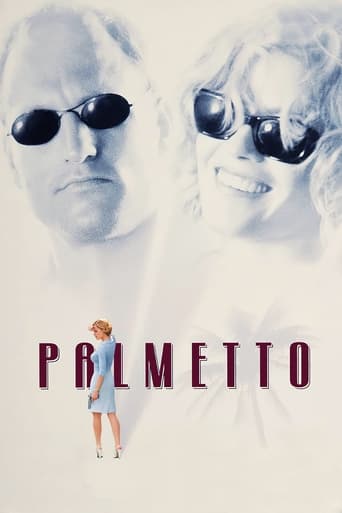
Book
1998
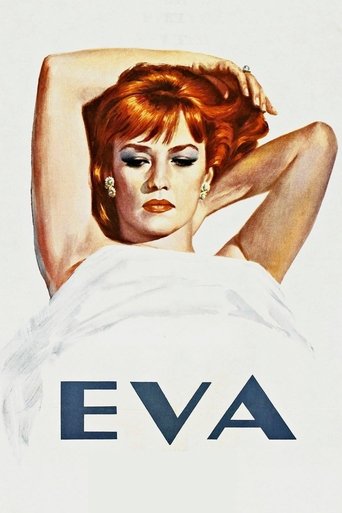
Novel
1962
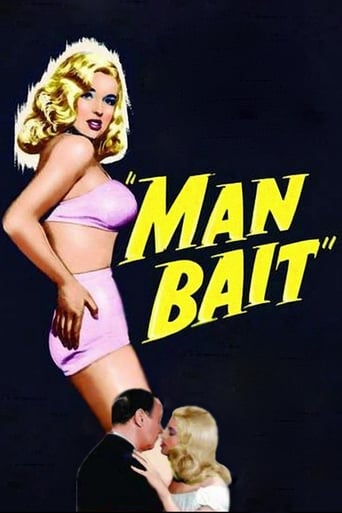
Book
1952

Novel
2018

Novel
1965
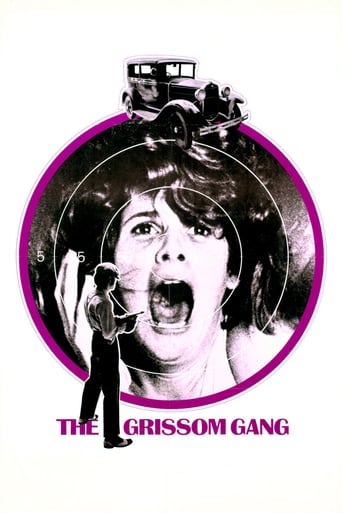
Book
1971

Book
1995
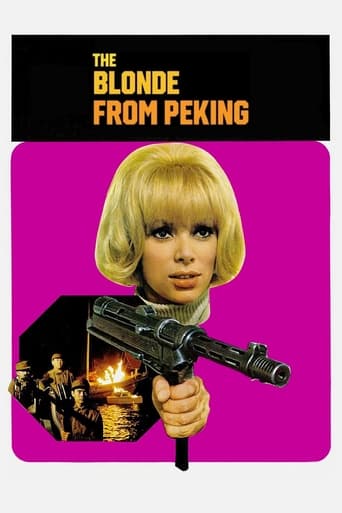
Novel
1967
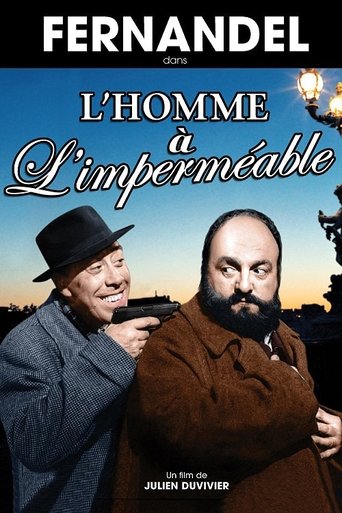
Book
1957
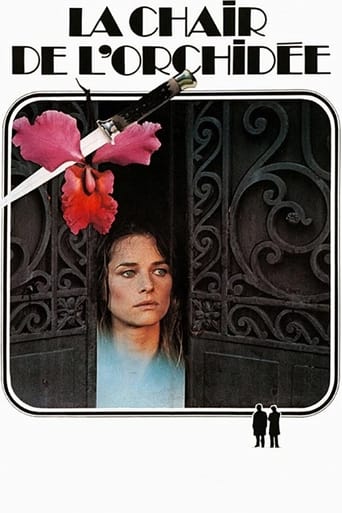
Novel
1975

Book
1991
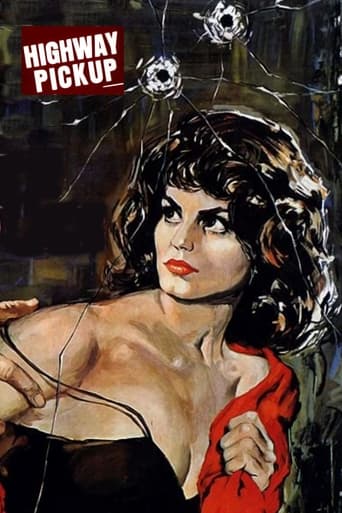
Novel
1963
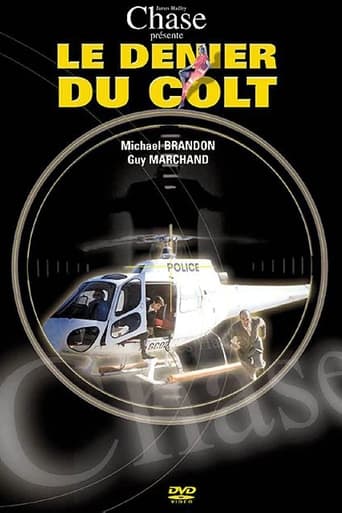
Book
1990
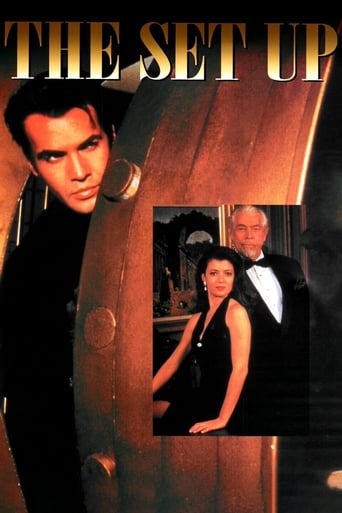
Book
1995
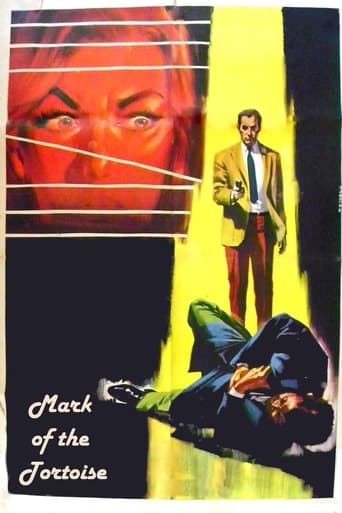
Book
1964
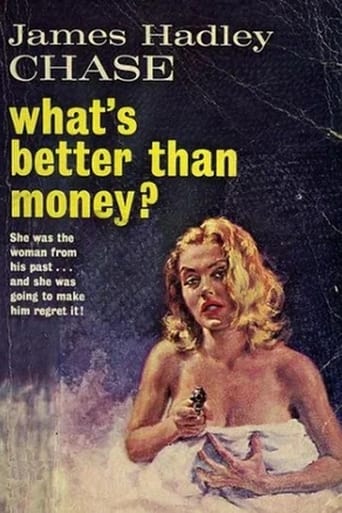
Book
1993
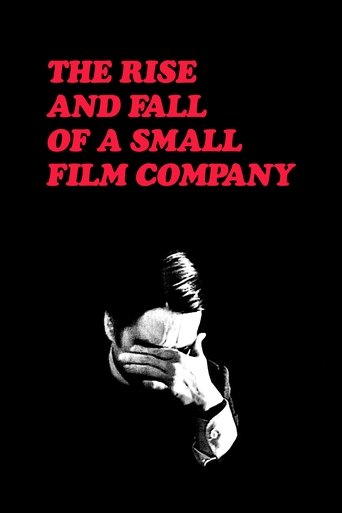
Novel
1986
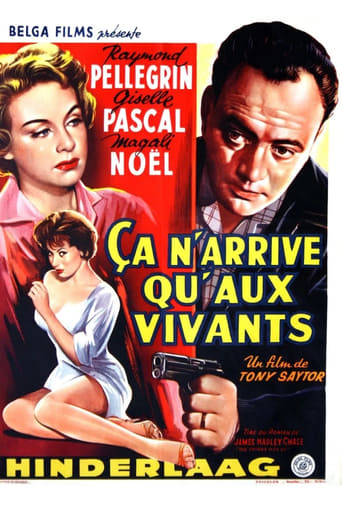
Novel
1959

Book
1989
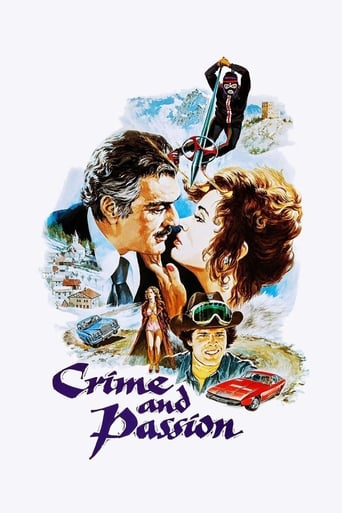
Book
1976

Book
1972
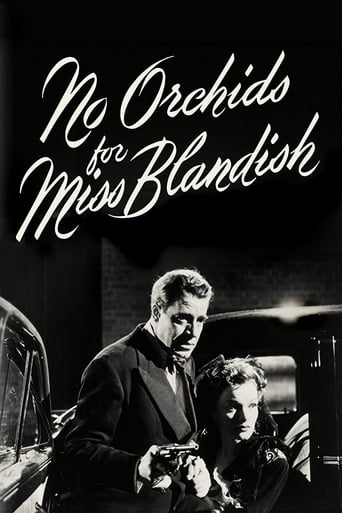
Writer
1948

Book
1948
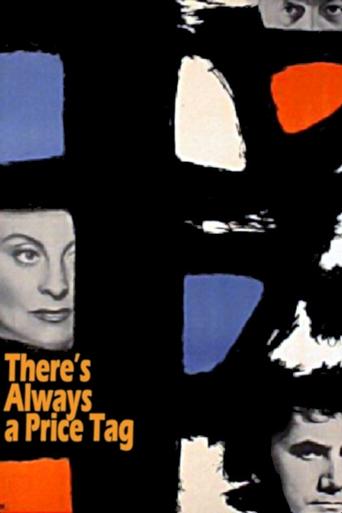
Novel
1957
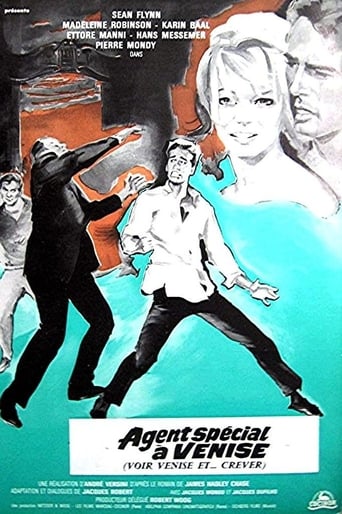
Novel
1964
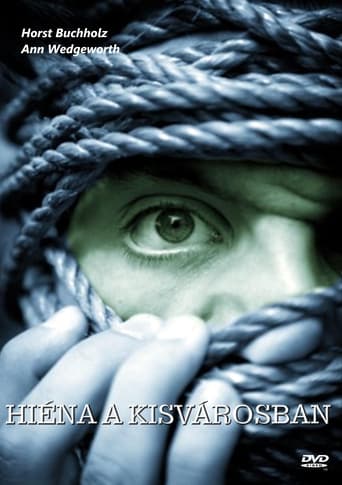
Author
1975
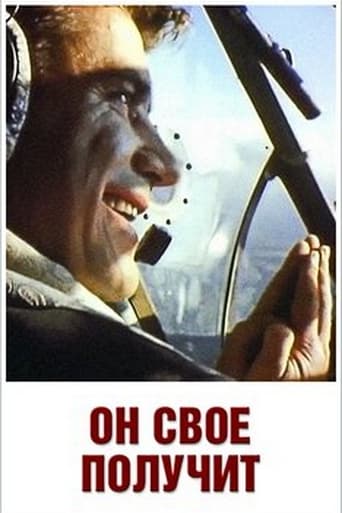
Novel
1992

Novel
1961
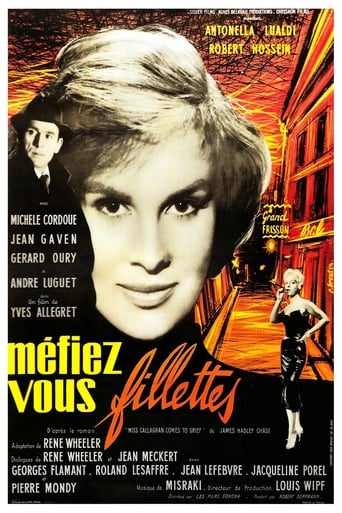
Scenario Writer
1957
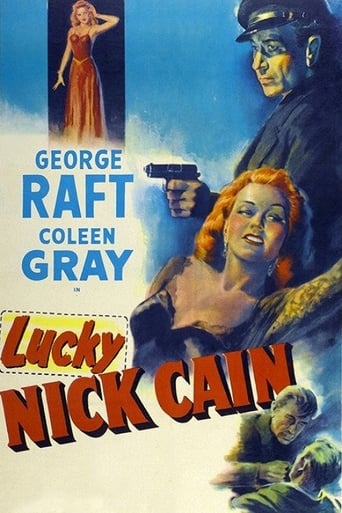
Novel
1951
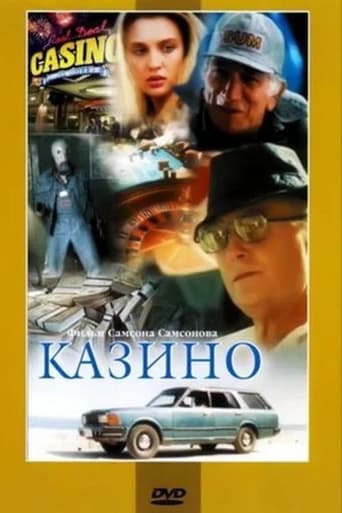
Book
1992
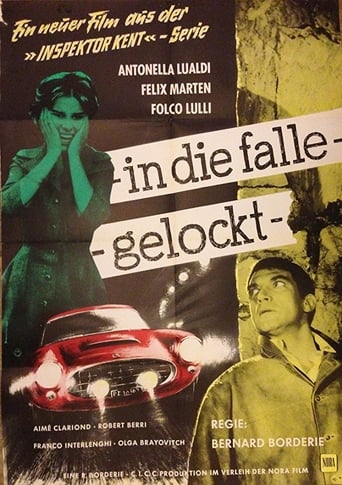
Novel
1959

Book
1992

Novel
1957

Book
1990
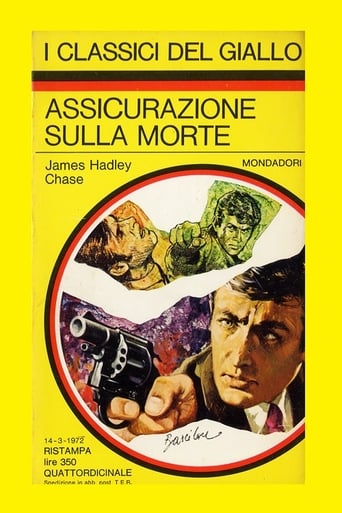
Novel
1987
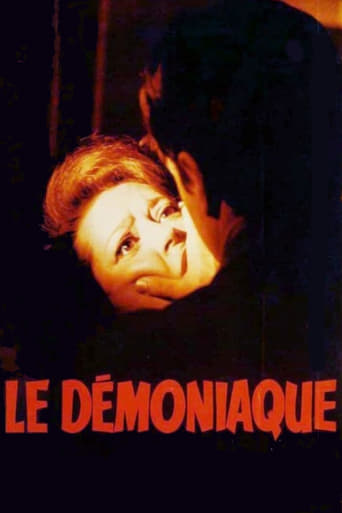
Novel
1968
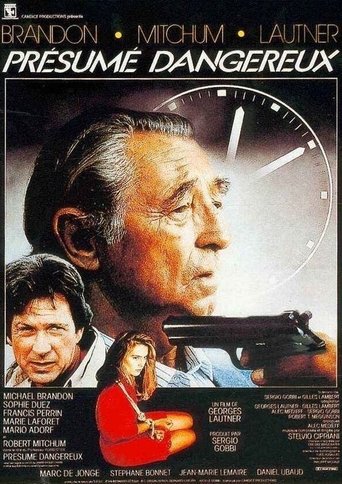
Novel
1990
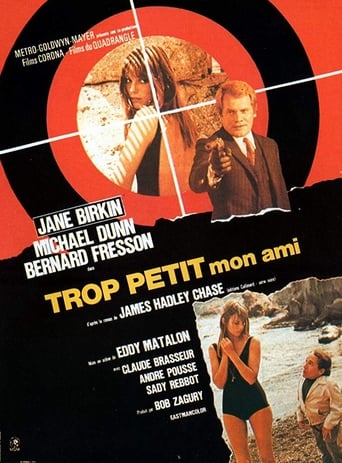
Novel
1971
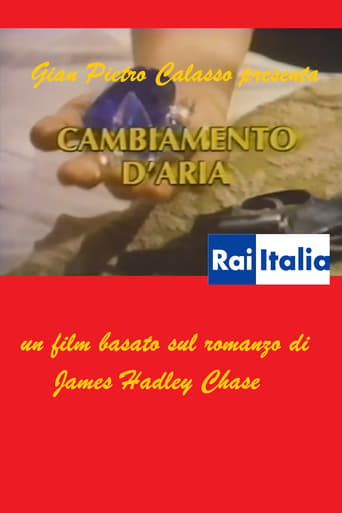
Novel
1988
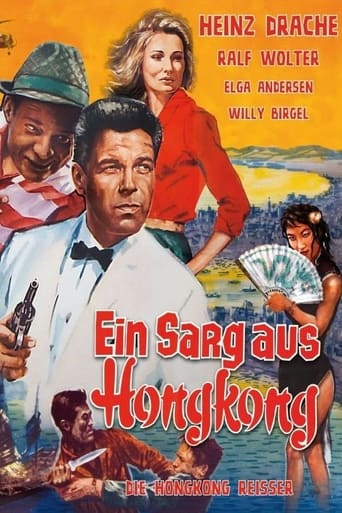
Novel
1964

Book
1991
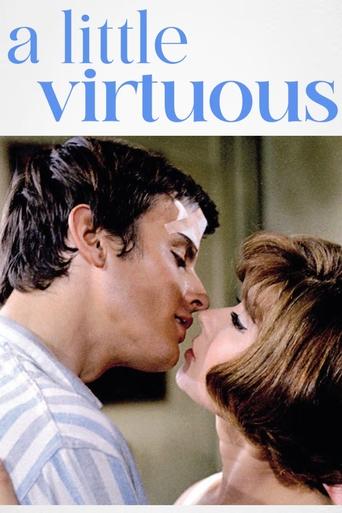
Book
1968
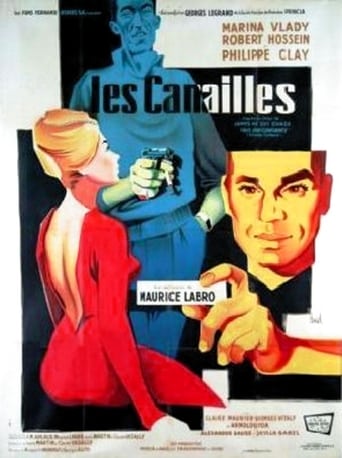
Novel
1960
Book
1990
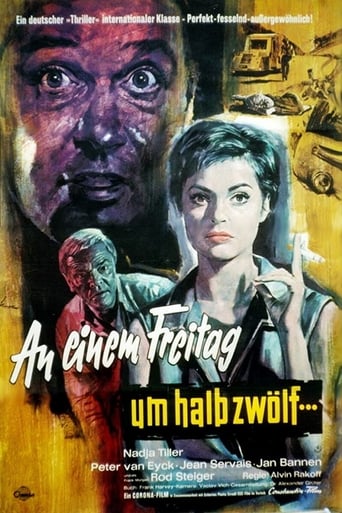
Book
1961
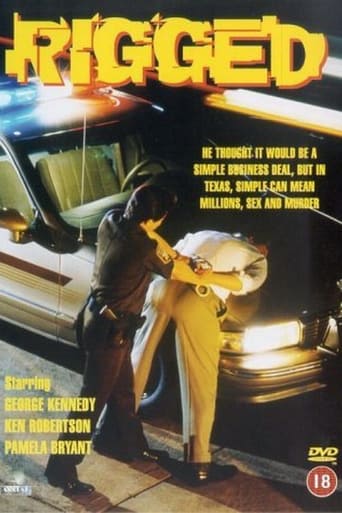
Book
1985
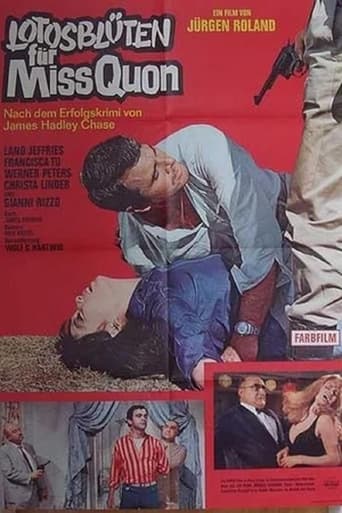
Novel
1967
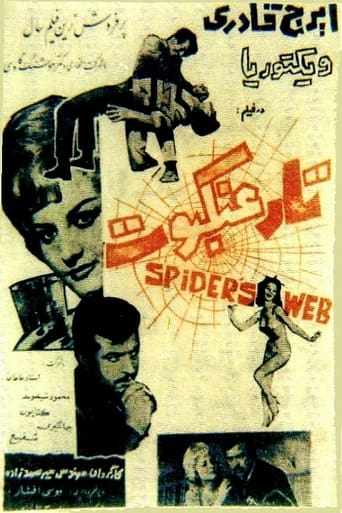
Story
1963
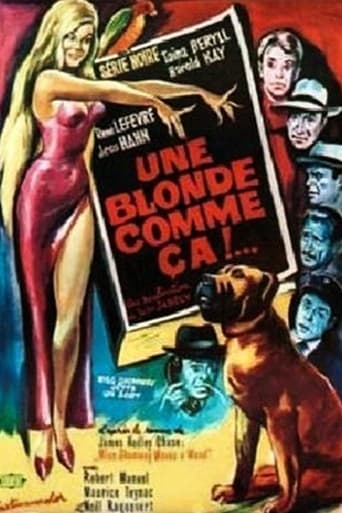
Novel
1963
Novel
1979
Novel
1979
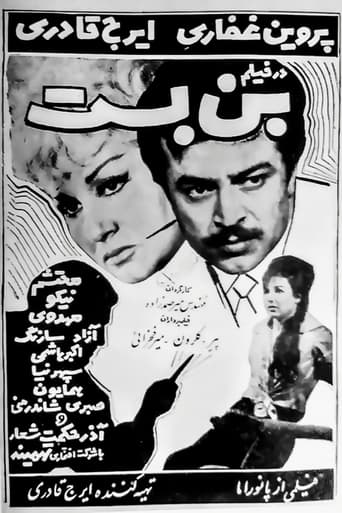
Novel
1965


